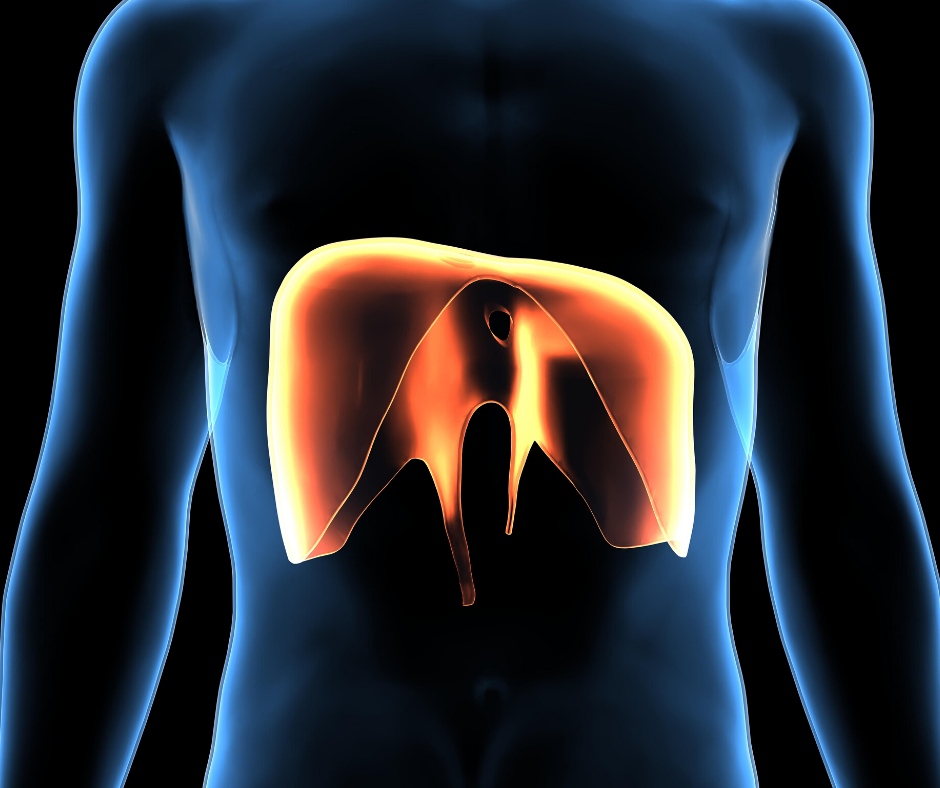What’s This Research About?
The goal of this study was to assess the effects of an eight-week long diaphragm training on low back pain; thickness of the diaphragm, transverse abdominimis, and lumbar multifidius were also assessed.

TITLE: The effect of diaphragm training on lumbar stabilizer muscles: a new concept for improving segmental stability in the case of low back pain
PUBLICATION: Journal of Pain Science
DATE: 2018
AUTHORS: Regina Finta, Edit Nagy, Tamas Bender
Active subsystem: global and local stabilizer muscles of the spine
Chronic pain: main cause of inactivity and job absenteeism
Chronic low back pain: one of the top ten high burden diseases and injuries; considered the greatest contributor to global disability
Global stabilizers: muscles that perform the movements of the trunk and hip
Elastic zone: Second part of the neutral zone concept. Portion of movement that is closer to end range and that occurs against a lot of internal resistance. The bigger the neutral zone, the greater the increase in segmental laxity.
Local stabilizers: muscles that stabilize segments of the spine in relation to each other—includes the deep muscles of the spine such as the pelvic floor muscles, multifidis, and transverse abdominimis.
Neural subsystem: stabilizes the lumbar spine by controlling the function of the active subsystem
Neutral zone concept: A concept that was proposed by Panjabi and is based on theoretical findings. Total range of motion (ROM) of an individual spinal motion segment can be divided into a neutral zone and an elastic zone. The neutral zone is defined as the initial portion of the total ROM—movement in this ROM requires minimal internal resistance.
Passive subsystem: consists of the spine and parts of the spinal joints
Segmental instability: a postulated reason for nonspecific low back pain. It has not been proven in vivo OR a decrease in the spine’s ability to stabilize and maintain spinal neutral zones within physiological limits (based on neutral zone concept)

